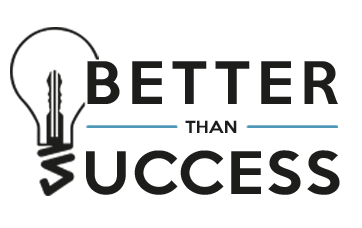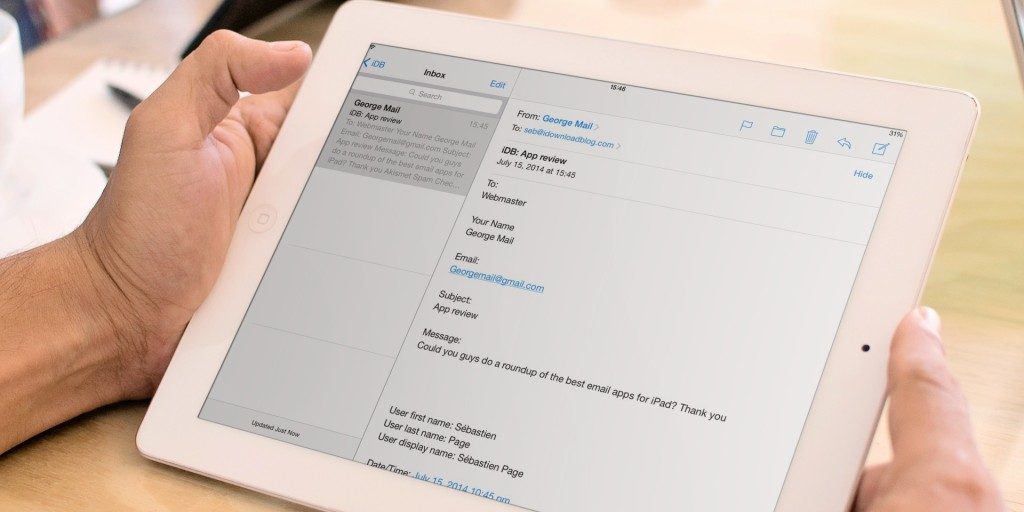Time and time again I’ve told you that email marketing is 40% more effective than any other form of online marketing. But that doesn’t mean that you can just send out emails and people will buy. There needs to be a strategy behind your email marketing. Remember, you are not trying to grow your list haphazardly, recruiting just anyone to join, especially since most email marketing providers charge a price based on the number of subscribers on your list. Effective email marketing focuses on growing a list that is full of your best (and most likely to buy) customers.
Here are a few tips to keep in mind as you focus developing an effective email marketing strategy
Make it easy to subscribe to your list
Most people are not just subscribing for the sake of getting your emails anymore. Email addresses are sacred. People will only share them if they really want what you have to offer. But do not make it difficult for those people who do want your content to get it regularly. If you are not currently offering any lead magnets, you should have a generic pop up or side bar signup form on your homepage. If you do have a feature lead magnet that you are offering it needs to be in prime positioning on your website. If you are able to it should be your featured post or in your header on your homepage. If not, then add it to the sidebar at the very least. Make sure that if you’re going to use a lead magnet that the content is good and worth subscribing to. I can’t tell you how many times I’ve subscribed to someone’s list to get their lead magnet and then later unsubscribed because the content inside was terrible. Like I said, email addresses are sacred and I only want to get emails that I am actually interested in. Your audience feels the same way.
Create Autoresponders
Once you get people subscribed to your list, tell them what to expect from you. You should create a series of emails to go out automatically that will introduce you to your new subscriber. Let them know whether you plan to send regular company updates, deals, or weekly tips. It’s important to tell your readers what to expect and how often to expect it. This is the first step to creating trust between you and your new subscriber. Before a person will buy from you they need to trust you. Be sure that whatever you outline in this first email, you do. Also, be sure that you thank them for subscribing to your list and allowing you to share information with them. Again, its all about building relationship and creating trust.
Make it scannable
People are busy. Your subscribers get a lot of email. Don’t send them emails that are difficult to read and understand, or emails that they have to read in its entirety before they know if they are interested. Make the subject clear, and keep your emails as concise as possible. If you don’t you can be sure that there will be very few who actually read them.
Give your subscribers the option to click and either go to your site or the post, or the content that you are sharing for more information. Don’t try to force them to read it all at once, in the inbox, and probably on their cell phones. Break up your content into short paragraphs. You might also want to consider a/b testing your emails to find out which subject lines get the most opens and clicks.
Send people content they want
Today, email marketing providers offer the ability to create groups and segmentation so that you send your subscribers content based on their interests and preferences. If you’re sending different emails for different groups you can ask people to check a box to join a particular group on your signup form. This works for example, if nonprofit organization sends separate emails to volunteers, the people it helps and potential sponsors. You can create segments based on what links a subscriber clicks on, which emails they open and even what lead magnets they download. Sending relevant content will keep your readers engaged, and engaged readers look forward to your newsletter and share it with friends.
Keep a calendar
You email blasts are a commitment. You cannot go weeks and weeks without sending any email and expect your subscriber to still be engaged when you do. Spend time planning, writing, and designing your emails and be sure to schedule them to go out regularly, preferably on a particular day of the week at the same time. This creates consistency that your subscribers will look forward to.
Test
Different email providers and mobile devices will cause your emails to display differently. Send test emails to people in your office or create a test group to help you check for errors. If that’s not an option, use a testing program to make sure your emails look good on screens big and small. Do not send emails as one big image, and do not use fancy fonts or colors. Remember these will show up differently on every device. Be sure to review your emails for errors and layout preferences before you actually schedule it to go out.
Following these 6 tips will help you create a more effective email strategy, that will ultimately help you grow your email list, and convert more subscribers into paying customers.







